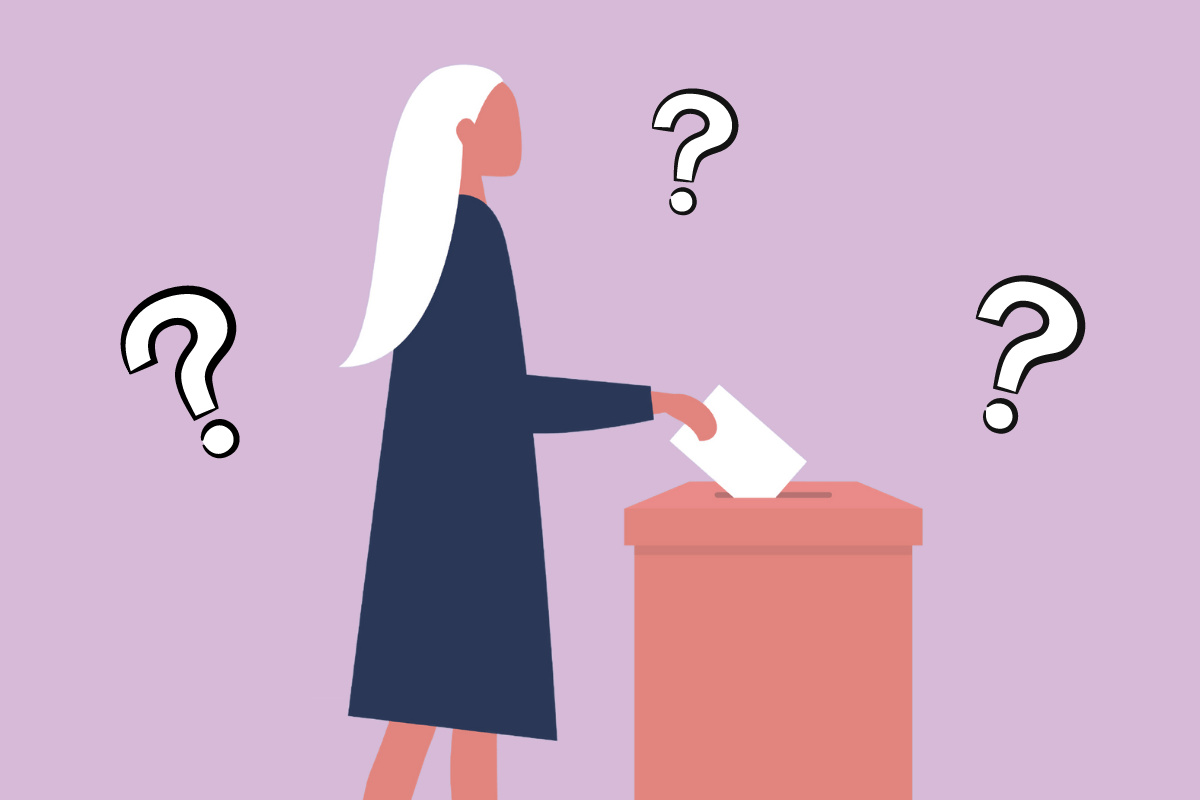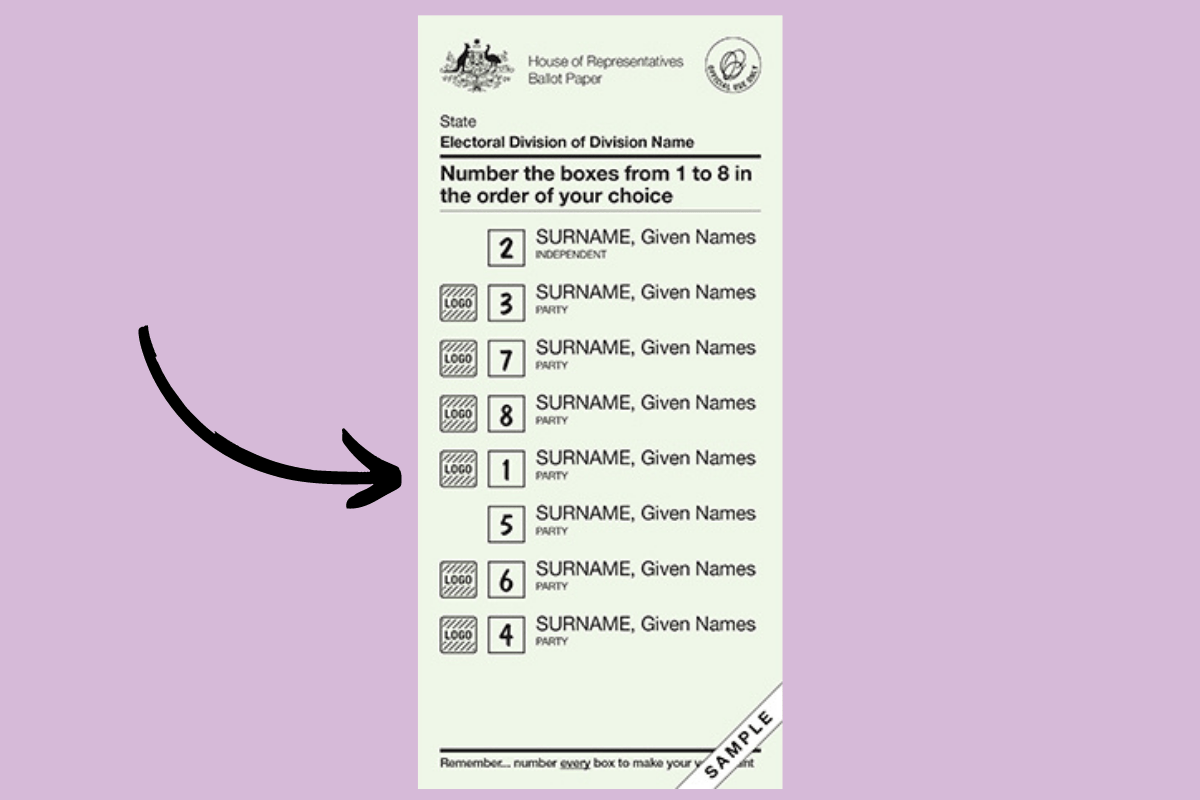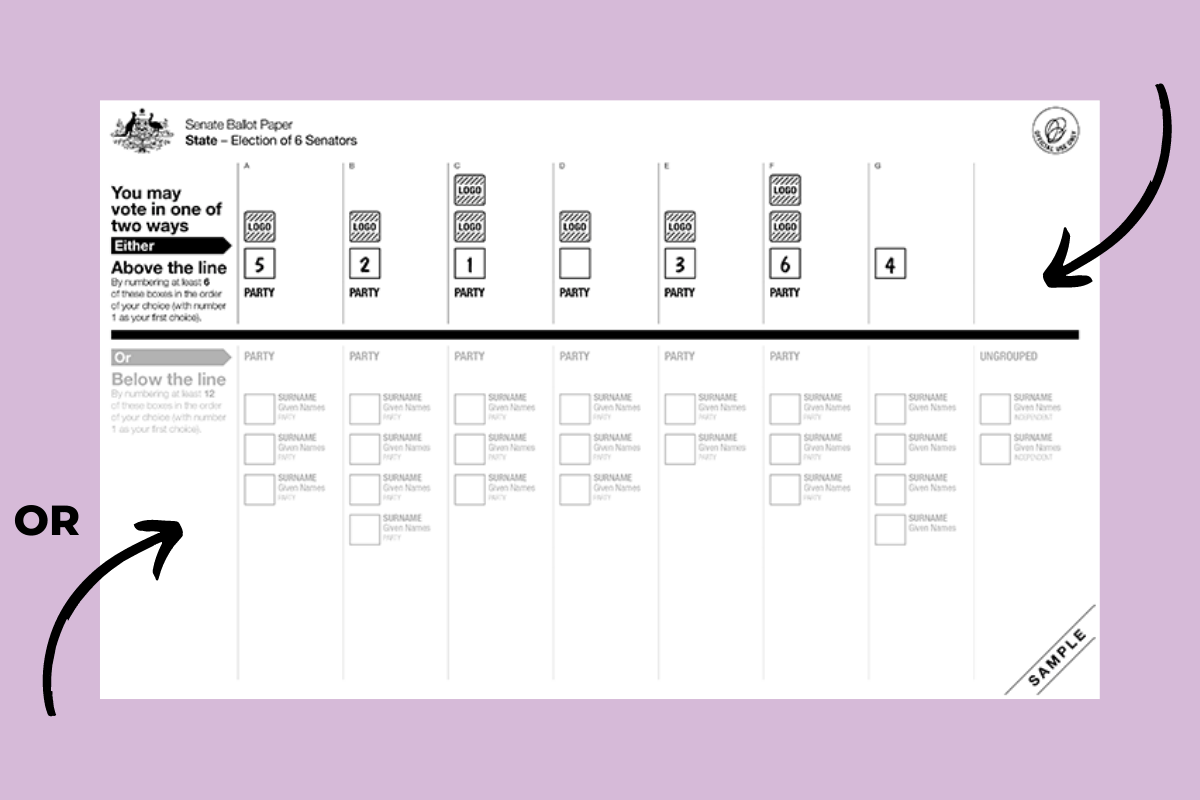
To keep up to date with the federal election campaign as we head to the polls to vote on May 21, visit our election hub page. There you'll find analysis, explainers and all the results of our Mamamia Votes survey.
In just under two weeks, millions of Aussies will be heading to the polls with a democracy sausage in hand.
But after what feels like years weeks of endless campaigning, debates and election promises, we're getting to the pointy end: and we have questions....
Like what even is preferential voting? Why are there two different voting papers? And why is one of them so ridiculously big?
To help you get up to speed before the election on Saturday May 21, we've rounded up every single question you want to know but are too afraid to ask.
Plus, with early voting officially open this week, we wanted to pop in nice and early to explain who can vote before the election, and how you can do it.
Here's your voting 101 guide for the 2022 federal election:
1. How does voting actually... work?
Alright let's start here.
In Australia, we have a preferential voting system.
This means we get to allocate preferences to whichever candidate we like the sounds of.
When you turn up to the polling booths on May 21, you'll be given a green ballot paper for the House of Representatives and a big white paper for the Senate. You have to fill in both.



Top Comments